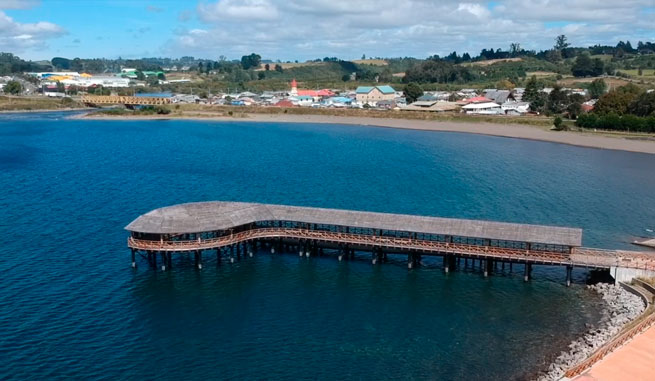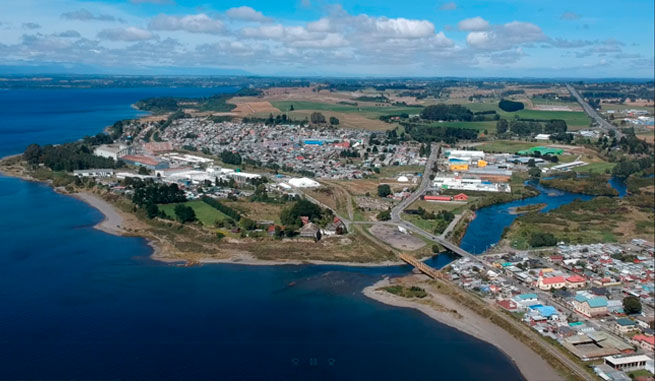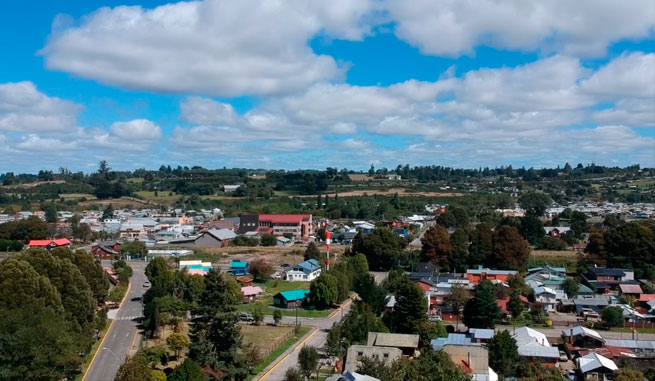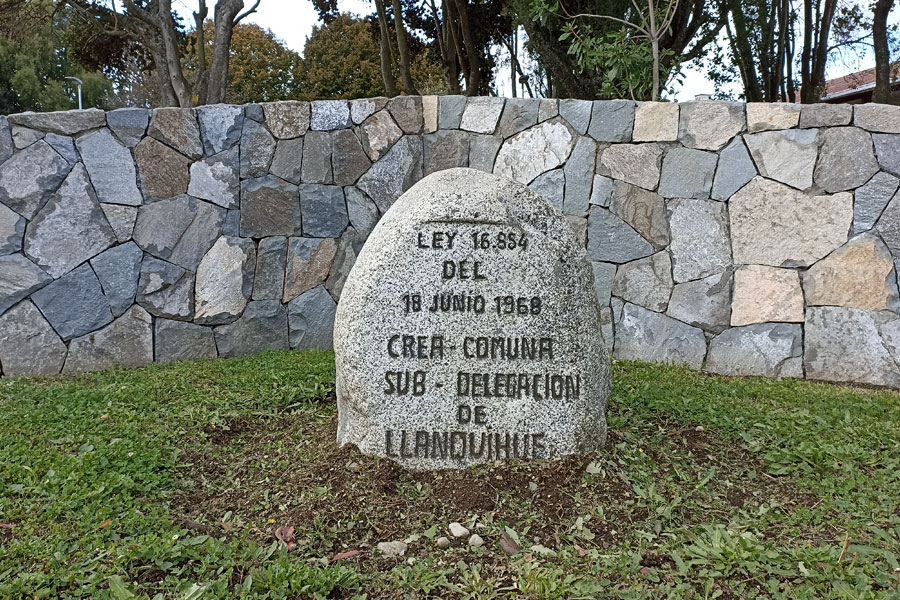
Our History
Around the year 1840 Bernardo Philipi who at that time was a young German, came to explore from Valdivia to Osorno and finally Chiloé. In this expedition Bernardo Philipi was informed, through the native inhabitants of the area that inside what we know today as the region of Los Lagos, there was a large lake.
The history of this city dates back to 1850 and until 1875 mainly. At that time the German colonization was carried out and German settlers who settled in the area were the ones who built the first port located near the source of the Maullín River and that was used as a means to communicate with Puerto Varas.
But since the sixteenth century there was the idea of inviting settlers of German origin to come and inhabit the southern part of Chile. Because at that time in history, there was no means to carry out this enterprise, it was not possible to conquer the at that time rugged lands far away and inhospitable regions of the south therefore, the idea was postponed.
In 1848 the German Revolution broke out and Bernard Philipi traveled to Germany in search of new settlers to recruit. Initially, and by order of the government of Chile that had appointed him Agent of Colonization, he was going with the order to recruit between 180 and 200 families. Philipi’s task was largely successful because Chile set the prices of land intended for settlers to prevent speculation in bringing in families who wanted to prosper.
In 1850 Vicente Pérez Rosales was appointed by the Government as an agent of Colonization, who immediately embarked on his difficult task. He undertook excursions in order to inform himself personally about the conditions of the available land. Meanwhile, ships with settlers arrived periodically.
The main objectives that the government of Chile wanted to achieve with colonization were: the exploitation of natural resources since in this area they were very abundant; incorporate these territories effectively into the sovereignty of the country and thus avoid the colonization of these territories by foreign powers and finally bring population of European origin to areas where indigenous communities predominated.
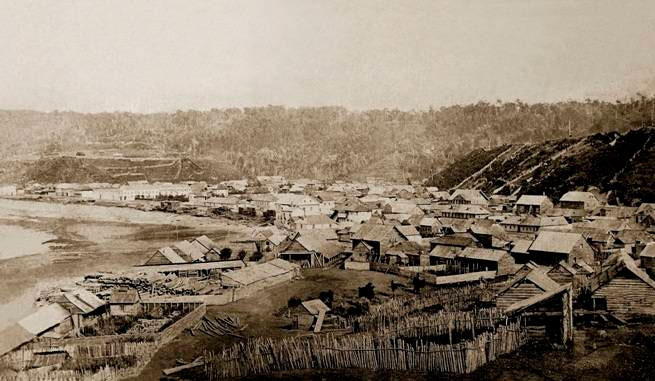
After many efforts, and despite the adverse conditions that arose, the first families of German settlers managed to settle on the shores of Lake Llanquihue.
By means of a decree of June 23, 1853, the Government ordered that the entire territory around Lake Llanquihue be considered a zone of colonization. With the effort and tenacity of these first settlers, impenetrable forests were transformed into flourishing productive fields.
The current city of Llanquihue recognizes its origin at the end of the nineteenth century in the times of the German colonization of the area with the name of Desagüe, because there is the source of the Maullín River of Lake Llanquihue through which the drainage to the Pacific Ocean finally occurs. It is estimated that it was founded in 1852 by German settlers who arrived in the lands that today are part of the commune and as a town would have emerged in early 1894, according to Bruno Siebert.
- Railway bridge in Llanquihue. Today the railway is in disuse and is located right at the source of the Maullín River.
- The arrival of the railway in 1907 with the creation of the Llanquihue station gave a great boost to the town, which then acquired its current name.
The establishment of industries, commerce, educational and cultural institutions and other activities have contributed to the boom and progress of the Lake Llanquihue area.
In 1968 the Municipality was created and thriving agro-industrial plants were developed that process dairy and other products.
The large areas with abundant vegetation and open water sources contributed to the development of the area, which was mainly associated with agriculture, promoted by german settlers. The city has had in its history a systematic filling and waterproofing of its wetlands.
